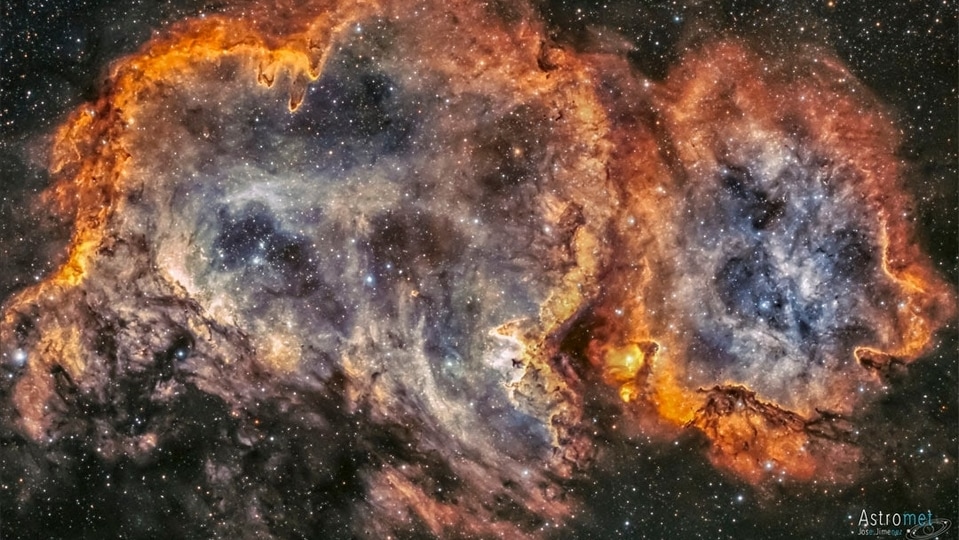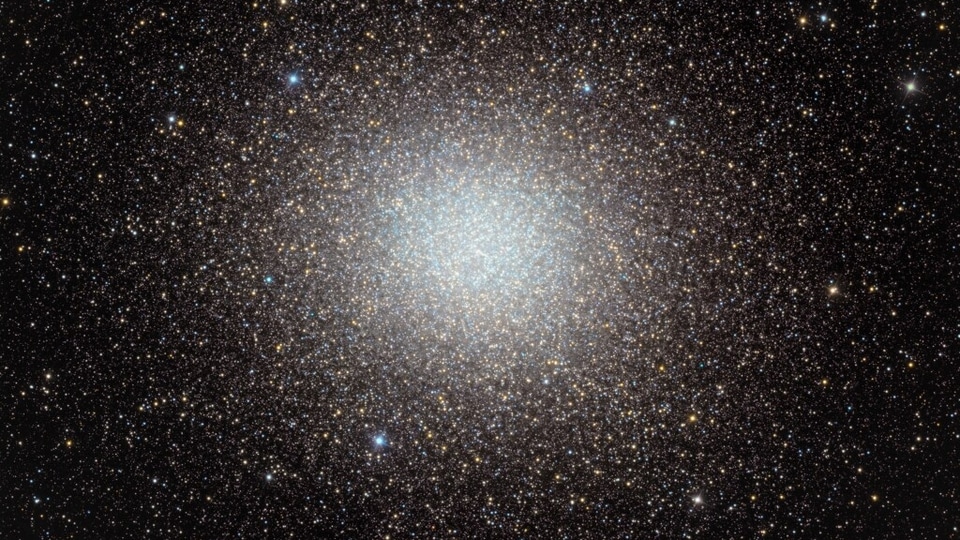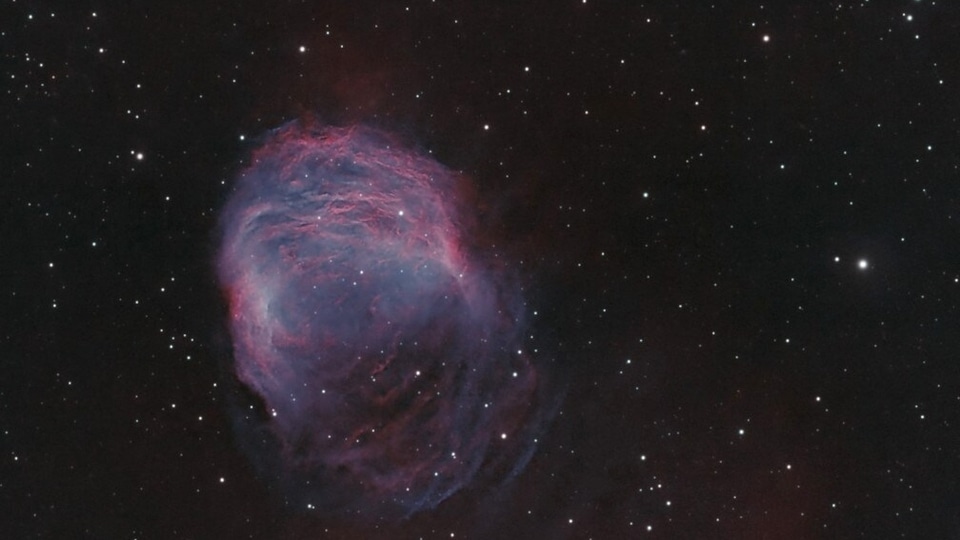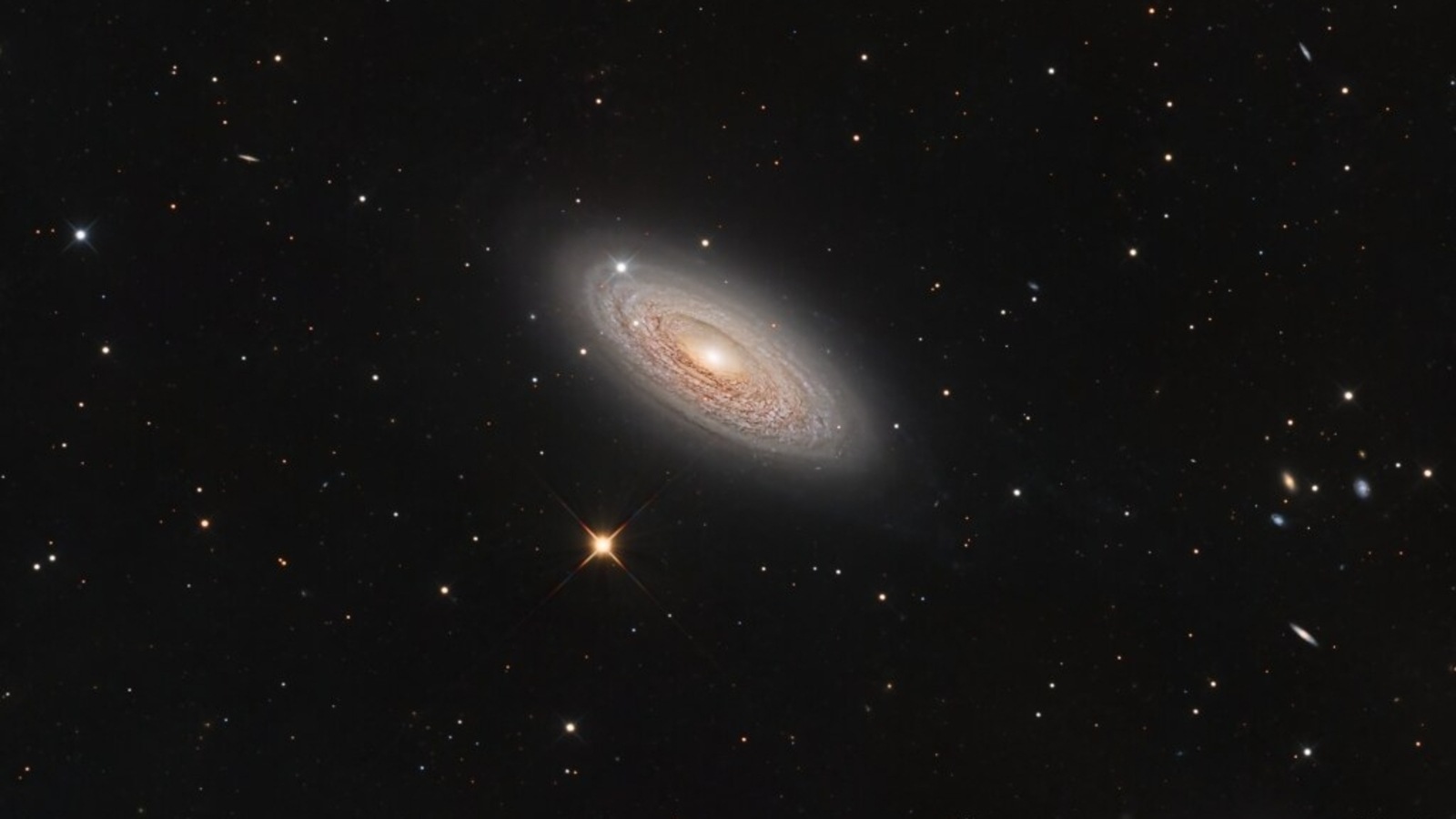NASA Astronomy Picture of the Day 23 March 2023: Spiral Galaxy NGC 2841
NASA’s Astronomy Picture of the Day is a stellar snapshot of Spiral Galaxy 2841, located in the constellation of Ursa Major.






 View all Images
View all ImagesToday's NASA Astronomy Picture of the Day is the Spiral Galaxy, also known as NGC 2841. It is an unbarred spiral galaxy located about 46 million light-years away in the constellation of Ursa Major, which is also known as the Great Bear. According to NASA, NGC 2841 has a relatively low star formation rate as of now, in comparison to other spirals that are alight with emission nebulae.
The picture of NGC 2841, which spans about 150,000 light-years, was captured by astrophotographer Roberto Marinoni.
About Spiral Galaxies
Although most galaxies have elliptical shapes, a few have unusual shapes like toothpicks or rings. Moreover, galaxies exhibit an array of sizes, ranging from diminutive dwarf galaxies with a meager population of a few billion stars to colossal elliptical galaxies with trillions of stars. One of the most spectacular looking galaxies are the Spiral galaxies, which have winding spiral arms that make them look a little like massive pinwheels.
These disks of stars, gas, and dust have bright bulges in their centers made up primarily of older and dimmer stars. Their whirled arms are typically full of gas and dust, which helps give rise to the bright, younger stars visible throughout their length.
NASA's description of the picture
A mere 46 million light-years distant, spiral galaxy NGC 2841 can be found in planet Earth's night sky toward the northern constellation of Ursa Major. This sharp image centered on the gorgeous island universe also captures spiky foreground Milky Way stars and more distant background galaxies within the same telescopic field of view. It shows off the bright nucleus of NGC 2841, along with its inclined galactic disk, and faint outer regions.
Dust lanes, small star-forming regions, and young star clusters are embedded in the galaxy's patchy, tightly wound spiral arms. In contrast, many other spirals exhibit broader, sweeping arms with large star-forming regions. NGC 2841 has a diameter of over 150,000 light-years, making it even larger than our own Milky Way. X-ray images suggest that extreme outflows from giant stars and stellar explosions create plumes of hot gas extending into a halo around NGC 2841.
Catch all the Latest Tech News, Mobile News, Laptop News, Gaming news, Wearables News , How To News, also keep up with us on Whatsapp channel,Twitter, Facebook, Google News, and Instagram. For our latest videos, subscribe to our YouTube channel.




























